Unlocking SR&ED Tax Credits in Rubber Manufacturing: A Guide to Funding Innovation
The rubber manufacturing industry is constantly evolving, with businesses facing numerous technological uncertainties as they push the boundaries of what rubber materials can achieve. For manufacturers, tapping into government funding through the Scientific Research and Experimental Development (SR&ED) tax credit program is crucial to offsetting the costs of innovation. Here’s how SR&ED tax credits can benefit rubber manufacturers as they navigate complex R&D projects and why it’s essential to document these efforts.
Key Benefits of SR&ED Tax Credits for Rubber Manufacturing Companies
1. Formulation of Rubber Compounds
Developing durable, elastic, and environmentally resistant rubber compounds requires ongoing experimentation with raw materials, such as elastomers, fillers, curing agents, and accelerators. Since finding the perfect formulation is often unpredictable, these R&D activities may be eligible for SR&ED credits.
2. Process Optimization
Rubber curing processes, like vulcanization, involve carefully controlled parameters to achieve specific product properties. Experimenting with curing time, temperature, and pressure to refine these processes often involves a high degree of technological uncertainty, which qualifies for SR&ED funding.
3. Specialized Rubber Compounds for Unique Applications
Whether for extreme temperatures, chemical resistance, or high-performance uses in aerospace or automotive industries, developing specialized rubber materials is challenging. This significant experimentation can make these projects eligible for SR&ED credits.
4. Recycling and Sustainable Materials
Research into recycled rubber materials and alternative, eco-friendly raw materials is critical as the industry moves towards sustainability. Since discovering the best sustainable options often involves trial and error, such projects may qualify for SR&ED funding.
5. Quality Control and Testing
Ensuring high-quality standards in rubber products requires innovative quality control techniques, such as non-destructive testing or automated inspections. R&D to improve these methods involves technological uncertainty and can qualify for SR&ED credits.
6. Automation and Industry 4.0 in Rubber Manufacturing
Integrating advanced technologies, like automation, robotics, and data-driven systems, into manufacturing processes is transformative but complex. Adapting these technologies to rubber manufacturing can introduce significant uncertainty and may be eligible for SR&ED tax incentives.
Navigating SR&ED Eligibility in Rubber Manufacturing
To qualify for SR&ED tax incentives, rubber manufacturing projects must meet specific criteria, including contributing to scientific or technological advancements and addressing technical uncertainty through systematic investigation. Detailed documentation of your R&D activities is essential to meet these criteria and fully benefit from SR&ED credits.
Contact Ayming Canada
Ready to optimize your SR&ED tax credits in the rubber manufacturing industry? Contact Ayming Canada today. Our team of experts can help you navigate the complexities of SR&ED claims, ensuring you receive the maximum benefits for your innovative projects. Reach out to us now to start maximizing your R&D funding opportunities.
Contact us today!
One of our experts will be in touch shortly.





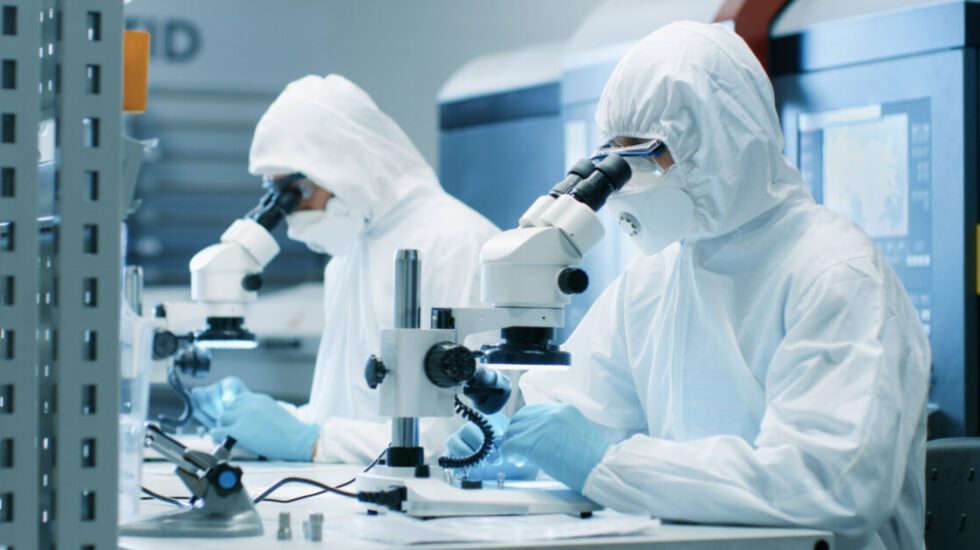
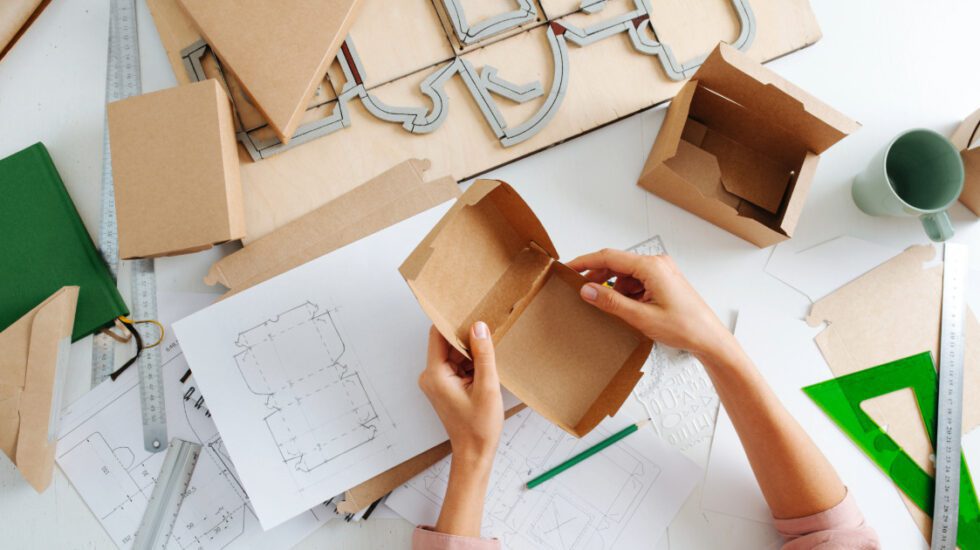

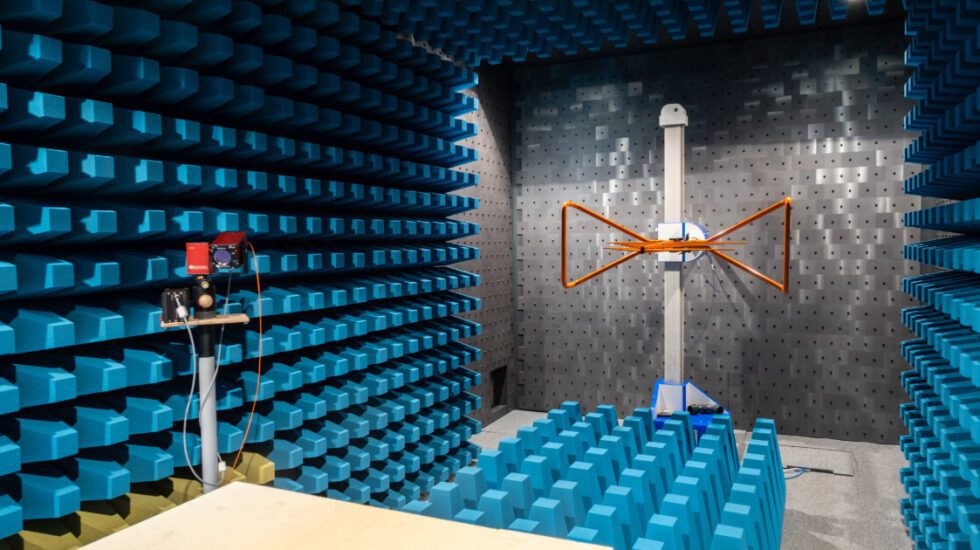

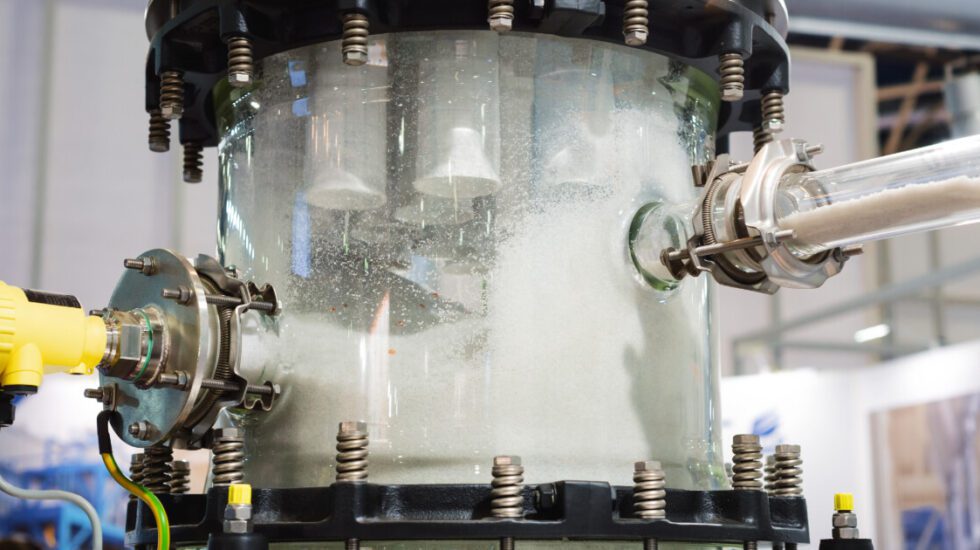
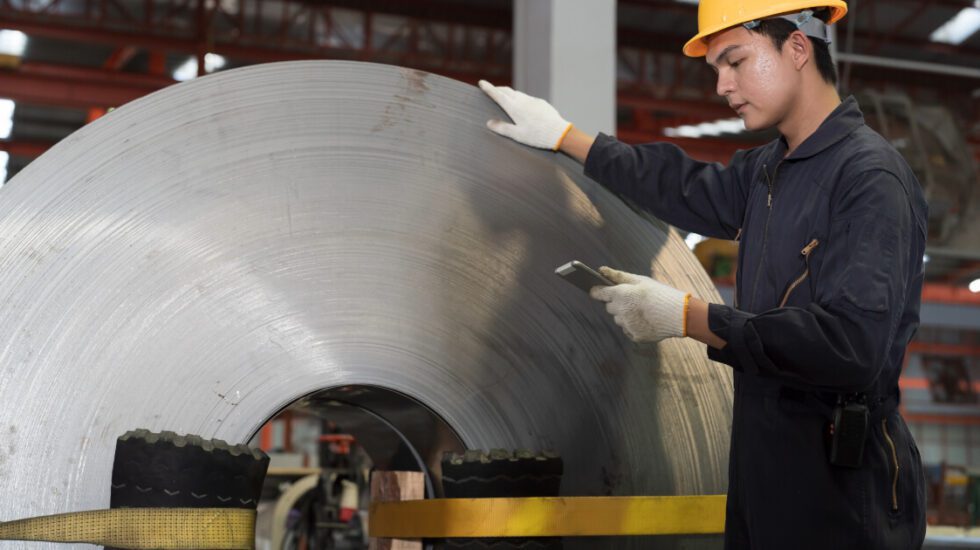
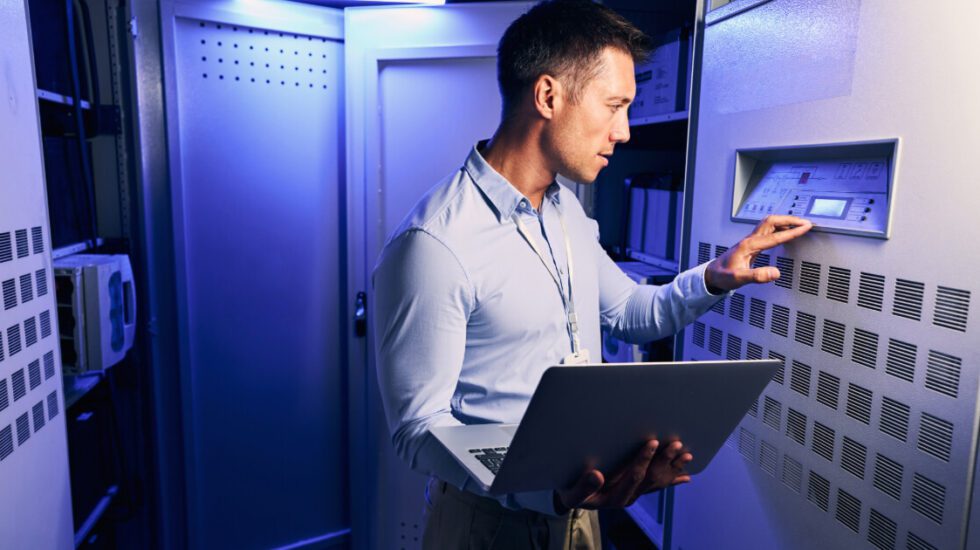

No Comments